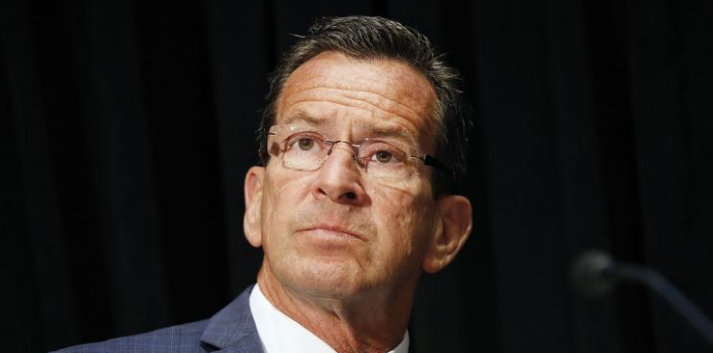
In Connecticut, Failed Governor Dan Malloy and his Democrat Enablers’ disastrous management of the state’s economy continues to draw bad headlines. A new report by Governing Magazine notes that despite being home to some of America’s wealthiest citizens, Connecticut continues to face budget issues, business departures, and sky-high tax rates – leading to a “fiscal mess” under Democrat leadership. As Malloy’s top Enabler Nancy Wyman considers running for governor in 2018, Connecticut voters will remember her role in his administration’s incompetent mismanagement of the state’s economy.
Governing reports:
“Connecticut may be too rich for its own good. Long blessed with a disproportionate number of high-income residents, the state has entertained lavish spending habits for decades. Lawmakers have acted as if they were on a shopping spree at Christmas, confident that the money to pay off the credit cards would somehow be found in the new year. Meanwhile, they have avoided many of their less glamorous responsibilities — depositing money into pension accounts and other retirement benefits, and paying for adequate infrastructure maintenance. Now, all those bills are coming due, and the money isn’t there to pay them.
Budget problems have become chronic in Connecticut. This year, they got worse. Faced with a projected $5 billion shortfall over the state’s two-year budget period, the legislature blew well past the July 1 budget deadline. (There was still no agreement on a budget as of mid-August.) “People have come to expect a very high level of services, while keeping taxes low,” says state Rep. William Tong. “That math doesn’t work. People are facing two decades of bad decisions and we’re having to reckon with that new reality.” In May, the three major credit rating agencies all downgraded the state, citing weak revenues. Continuing budget fights and tax increases have driven down business confidence.
Connecticut’s economic problems extend well beyond the budget. The state prospered in the 1970s and 1980s, when nearby New York City was dangerous and Connecticut’s suburban landscape was welcoming. Corporations were eager to resettle there. But fashions have changed. Millennials and corporations have developed a hankering for urban life. That urge has robbed Connecticut’s suburban landscape of its appeal. This was demonstrated starkly by the decisions of two of its marquee employers, General Electric and Aetna, to move their headquarters to Boston and Manhattan, respectively. That bad news has fed a broader negative narrative about the state, with damning coverage in outlets such as Slate, The Atlantic and The Wall Street Journal…
Connecticut is now at a crossroads. A model that worked for years — safe suburbs offering good schools for the children of hedge fund managers and insurance agents — is no longer as compelling. Mansion-size houses in the toniest precincts of the richest suburbs aren’t emptying out yet, but they are getting hard to sell…
As things stand, Connecticut is like a big city that has been zoned into 169 different districts, a few of which have to take on a huge burden of poverty. There is some rural poverty in the state, but most poor people live in the larger cities. Those living in suburbs enjoy good schools and public safety, and get a tax cut to boot, in the form of lower property tax rates. ‘Most of the social bads are concentrated in about 12 of the 169 towns,’ says Nemerson, New Haven’s economic development director. ‘Any change to make it better will hurt large numbers of people.’”





See the latest videos from RGA
Watch our videosThe numbers say it all. New Hampshire can’t afford to become @maura_healey's Massachusetts.
NEW: Eleven economic development projects in Ohio are expected to create 1,025 new jobs statewide.
Details: https://bit.ly/3J1ZYDO
Follow RGA on Twitter
Follow RGA on Facebook